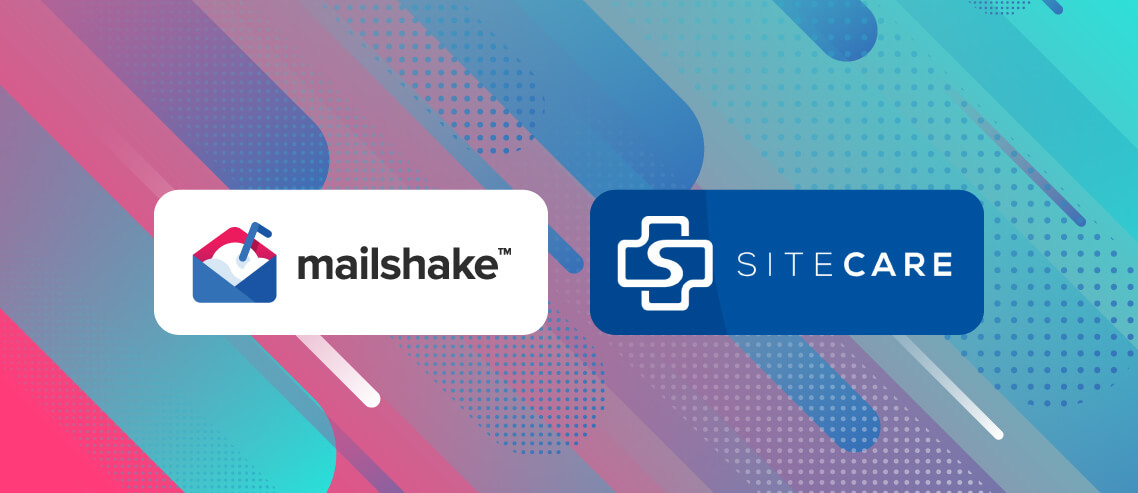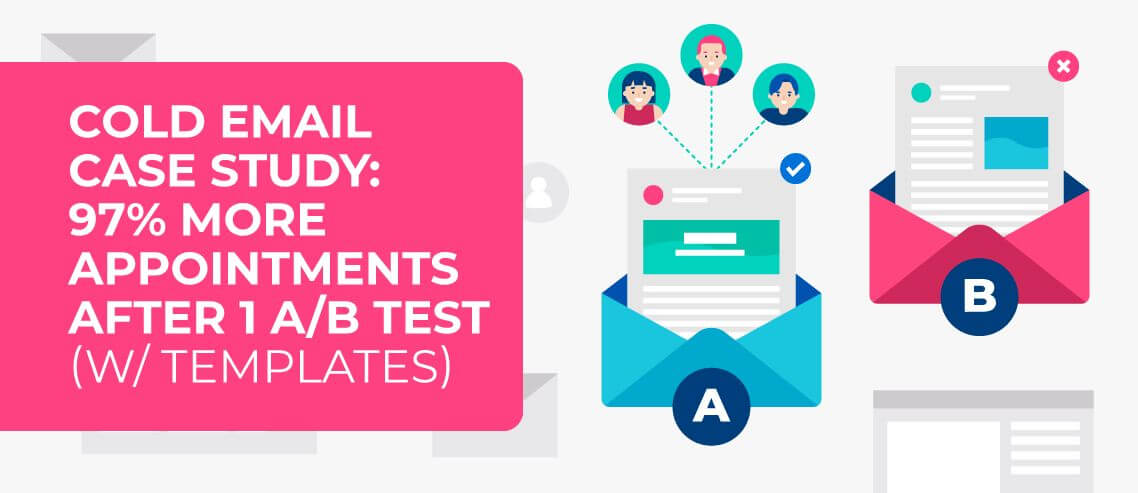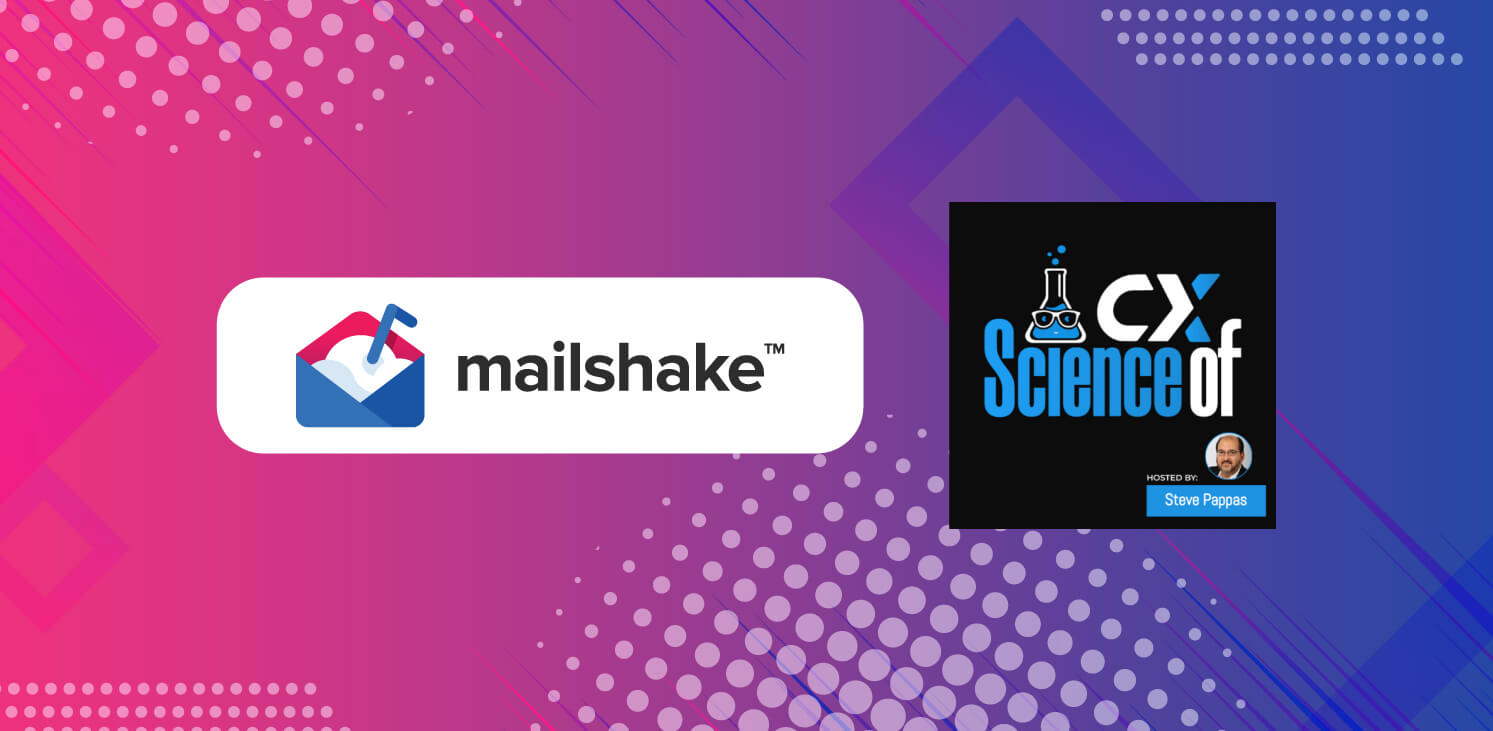8 Lessons from Firing Squad on Optimizing Cold Email Performance

Contents
Firing Squad is a B2B lead-generation service with offices in Cape Town and New York that recently made the transition from Reply to Mailshake.
After 4 years and 140,000 emails sent personally and on behalf of his clients, Jason has been remarkably effective in his cold outreach. He consistently sees open rates of over 60%, and meetings-booked rates of over 10%.
One of the things that’s impressed me most about Firing Squad as they’ve come on board is the organization’s testing mindset. They’re always testing strategies themselves before rolling them out to clients – whether it’s the way they tweak different message optimization strategies or add a new service, like helping clients land international speaking gigs.
I sat down with Jason Bagley, Firing Squad’s Founder, to learn more about the impact this mindset has had on their cold email campaign performance. Here are eight lessons from our conversation:
Lesson #1: Subtle Changes Eliminate Friction
When Firing Squad first started reaching out to U.S. clients, Jason noticed a surprising reaction: as soon as he shared the company’s South Africa website URL or sent emails with a South African address in the footer, interest was non-existent.
The simple change? By adding a New York address to his email messages (using a WeWork office location) and changing his website to a “.co” URL, response rates soared. Even the smallest changes can reduce or eliminate friction in a meaningful way.
Lesson #2: Every Person You Reach Out to Should Be a “Yes”
When Firing Squad is running an outreach campaign for a client, they’ll sit down and ask the client to manually approve every prospect they’ve identified. That’s because they believe that every person you send a cold message to should be someone you legitimately want as a customer.
Jason believes the corollary to this is that if the prospect is really a yes, you continue to reach out until you hear a “no.” “Our goal is to get an answer from every single one of them,” he explains. “Why would we not? They fit your ideal client profile, so get an answer!”
Lesson #3: Don’t Sell the Product. Sell the Meeting.
To get to that “yes” or “no” answer, Firing Squad typically sends between 6-8 initial messages over a 2-3 month period. But they aren’t using these emails to try to sell a product or service. The goal is just to get a meeting.
In Jason’s experience, shorter messages work better for this. “Our clients say, ‘Oh, we need to tell them a lot of things.’ So I’ll create a version that makes our client happy, but then I’ll create a two-line or three-line version as well and A/B test them. Often, the shorter email is the one that receives more responses – which is the point at which our clients start trusting us implicitly.”
In some instances, Jason will work the client’s suggestions into the messages in order to build trust and strengthen the relationship. But once the data starts rolling in, clients are usually more than willing to trust his expertise.
Lesson #4: Lower Perceived Effort Can Equal Higher Rates of Engagement
Jason and the team at Firing Squad try to get recipients to commit to meetings – not sales – because it requires much less perceived effort. There’s less friction involved.
But they see this benefit extending to other aspects of their email campaigns. As an example, Jason has seen that short subject lines tend to perform better than longer ones – especially if it looks like the sender didn’t put much effort into it.
One of his team’s best performing subject lines? Simply, “Hey.”
Lesson #5: Subject Lines Get You to the Next Stage
Despite how much effort goes into them, Jason sees subject lines as a means to an end. He explains, “Once a person’s opened the mail, they totally forget about the subject. It’s gone. It’s not about tricking them into opening the mail, because they’re now going to be pissed off when they read the mail. The goal is to get them to open the email, and then forget about the subject line.”
Generally, Firing Squad aims for open rates of 50% and up; in fact, they’ll only optimize the body copy of the email after hitting that metric.
That said, one subject line in particular that Firing Squad stays away from is the popular, “Are you the right person?” In Jason’s experience, “What we found is that it’s not natural to have this email as part of a threaded sequence. Rather, we have it as a stand-alone email, to try and elicit a response. If we get no response, we’ll start with a new thread of emails.”
Lesson #6: Get Personal
One of Jason’s favorite places to personalize messages is the opening line, where he’ll test including something from the lead’s LinkedIn profile or company news.
For example, rather than launching into the benefits of a client’s product or service, he might open with something like, “Just saw your company was recognized by [some award] – congrats!”
Lesson #7: Stick With It for the Long Haul
As noted above, Firing Squad’s campaigns typically begin with 6-8 initial messages.
“We want to be respectful of people’s time,” Jason explains. “So we’ll start with a gap of between 5-7 days initally and use that cadence for 3 or so emails. Then we’ll probably do a bigger gap, between 14-20 days, then a month and jump back to a shorter time sequence. All the follow-ups are 2-3 lines max.”
But since the team’s goal is always to get a “yes” or “no,” they don’t end after this initial sequence if they haven’t yet received a response – and they stay away from the popular “break-up” emails many marketers use. Instead, they’ll begin again with a new campaign.
According to Jason, “The new sequence will be a completely different angle on the business. Sometimes the client has a different product or service they want to highlight. We’ll chat to the clients and ask, ‘What can we say that’s changed in the last three to six months in your business that we can go back to your prospects about? Are you running a special, have you improved your product or service or signed a new high profile client?’ We’ll then do a three or four email sequence about this.”
Finally, Firing Squad turns to inbound. Jason notes, “We’ll take all the prospecting data, and we’ll then go and use it again to do an inbound campaign. So now we’ll use custom audiences on LinkedIn, and drive additional touch points by showing ads on LinkedIn to those specific prospects. Maybe that tips them over to generate a couple of leads through LinkedIn. We’ll use LinkedIn’s native lead gen forms or we’ll build out a very basic sales funnel with a landing page.”
When creating landing pages, Firing Squad connects leads to Mailshake via Zapier to allow personalized, yet automated email follow-up to form submissions.
One tip from Jason on making this connection work for you: make sure you delay your automated responses. “It looks weird if a person has submitted a form and a personalised email fires in the next 30 seconds,” he explains. “People can sniff that it’s automated’ So I’ll normally put a 5-10 minute delay on that first email to them.”
Lesson #8: Don’t Be Afraid to Get Your Hands Dirty
One of the elements that sets Firing Squad apart is the willingness of team members to jump on a screen-sharing conversation to offer advice – even before leads become customers.
For instance, Jason regularly hears that prospects are already doing cold emailing. “That’s the best lead for me,” Jason shares, “is a person saying, ‘I already do cold emailing. It’s working well for us.’ I’m like, ‘That’s amazing. I would love to just take a look at your cold emails and give you some tips and pointers if that’s ok?’ Then they send me their cold emails, and I guarantee you they’re horrific.”
After that, Jason will offer to record on a screen share video to offer some pointers. “I need to get in front of them,” he explains. “If I write them a long email with feedback, it isn’t going to have the biggest impact. So I’ll give them feedback in a video, and I’ll say, ‘Guys, this sentence isn’t great. There’s no call to action here. You’re just saying contact me whenever you’re ready. Change that to this.’ In the video, I’ll even copy and paste some of their content, put it in a Google doc, and start fixing their copy in real-time. I’ll send it through to them, and what I’ve now done is I’ve gotten them to see me, hear my voice and most importantly, show them how good we are. ‘These video reply emails convert into clients like you won’t believe!’”
It requires more effort up front to provide this level of service to a prospect who isn’t even a client yet. But it can’t be beat in terms of building rapport and establishing the perceived authority that’s going to eventually turn into paid contracts.





